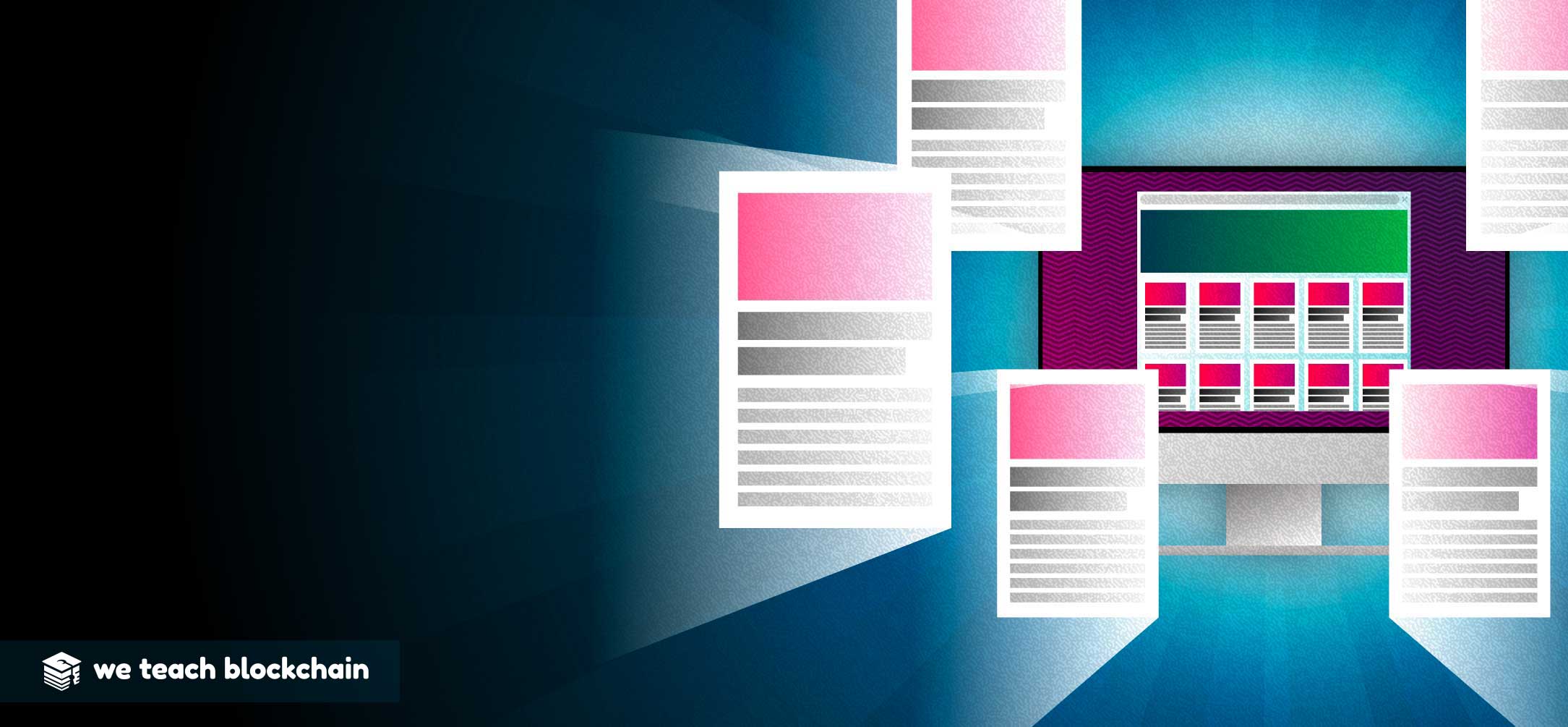What are Blockchain's Limitations?
The decentralized and censorship resistant nature of blockchains has led to a booming industry which professes a wide range of applications. Some have touted blockchains as a solution to any problem. While blockchain technology shows much promise, there are both certain limitations inherent to the technology and hurdles that must be overcome for the technology to reach everyday use by the average person. Here are some of the most critical problems the technology has to address before it achieves mass adoption.
Scaling
One of the most significant issues facing blockchains is its ability to handle real-world transaction demand. Currently, only a small subset of the public uses blockchain technology. Whenever the slightest increase in transaction volume occurs, these blockchains develop long transaction backlogs while causing fees to skyrocket.
To put this problem into perspective, Bitcoin can process about 5-6 transactions per second, while Ethereum can handle 12-14 transactions per second. In stark comparison, Visa can process 1500 transactions per second, easily keeping up with demand while making sure that transactions get verified instantly.
Projects Working To Solve The Scaling Problem
- Lightning
- Eth 2.0
- Sharding
- Raiden
- Plasma
The scaling problem became apparent in 2017-2018 as fees skyrocketed due to the rapid increase in the popularity of blockchains and cryptocurrency. This excess demand practically took transaction processing to a halt, with transactions competing to be included in the blockchain by way of paying exorbitant fees. Some fees on the Bitcoin network reached $100.
For blockchains to meet real-world demand, they must be able to close this gap between themselves and centralized payment processors like Visa. The good news is that several projects are looking to solve the scaling problem, each taking a unique strategy and approach to the problem.
Tools
It has only been ten years since the launch of the first blockchain. The industry has significantly developed since that point, but blockchain-related tools and applications have yet to reach their most user-friendly stages. Early blockchain-based applications were very confusing, yet as innovation has progressed, the user experience has been dramatically improved, mainly by enhancing user experience. While blockchain technology still has to become more comfortable to use, recent improvements indicate that blockchain technology is going to get much easier to use.
The ease-of-use problem is made worse by the lack of effective onboarding options. Too many people are intimidated by the prospect of using blockchain technology, so they simply stay away. Too many users are thrown into the deep end, left to figure things out for themselves. This lack of support confuses and has led many people to have a negative first impression of the technology.
We Teach Blockchain!
Blockchain Institute is a 501(c)(3) public charity dedicated to educating the public about blockchains and decentralization. We strive to make learning materials approachable and engaging, no matter where students are on their blockchain journey.One of the most effective ways to solve this problem is to provide the proper education and resources. When users are more prepared to use the tools offered to them, they are more likely to have a better experience. Instead of letting users fend for themselves, projects are starting to introduce an educational component while simultaneously adding new features that incrementally make their applications easier to use.
Other Unanswered Questions

While the lack of scaling ability and ease-of-use are primary issues limiting blockchains, several smaller issues have to be addressed. Data management is one of these questions, which includes managing both data privacy and storage capacity.
The uncertainty surrounding blockchain privacy makes it challenging to use blockchains when dealing with sensitive data. Businesses are wary of putting their proprietary data on public blockchains. Individuals don’t want sensitive personal information like medical records on a public blockchain. These issues around long term data security are currently keeping several industries from using the technology. However, privacy-based solutions like Hyperleger and Monero are rapidly innovating new ways to limit unsecured data transfer to ensure data security.
Blockchains rely on a network of computers running the same software while keeping a running ledger of all transactions. These nodes must download the entire history of the blockchain, which is continuously growing in data size. The result is data bloat, with blockchains taking up more and more data space per each node. Temporary data must either be preserved or discarded for this issue to be solved.
Despite these limitations, blockchain technology still shows much promise. There has already been several hurdles that the technology has overcome. Blockchains will surely find solutions to these problems, it’s just a matter of time.








